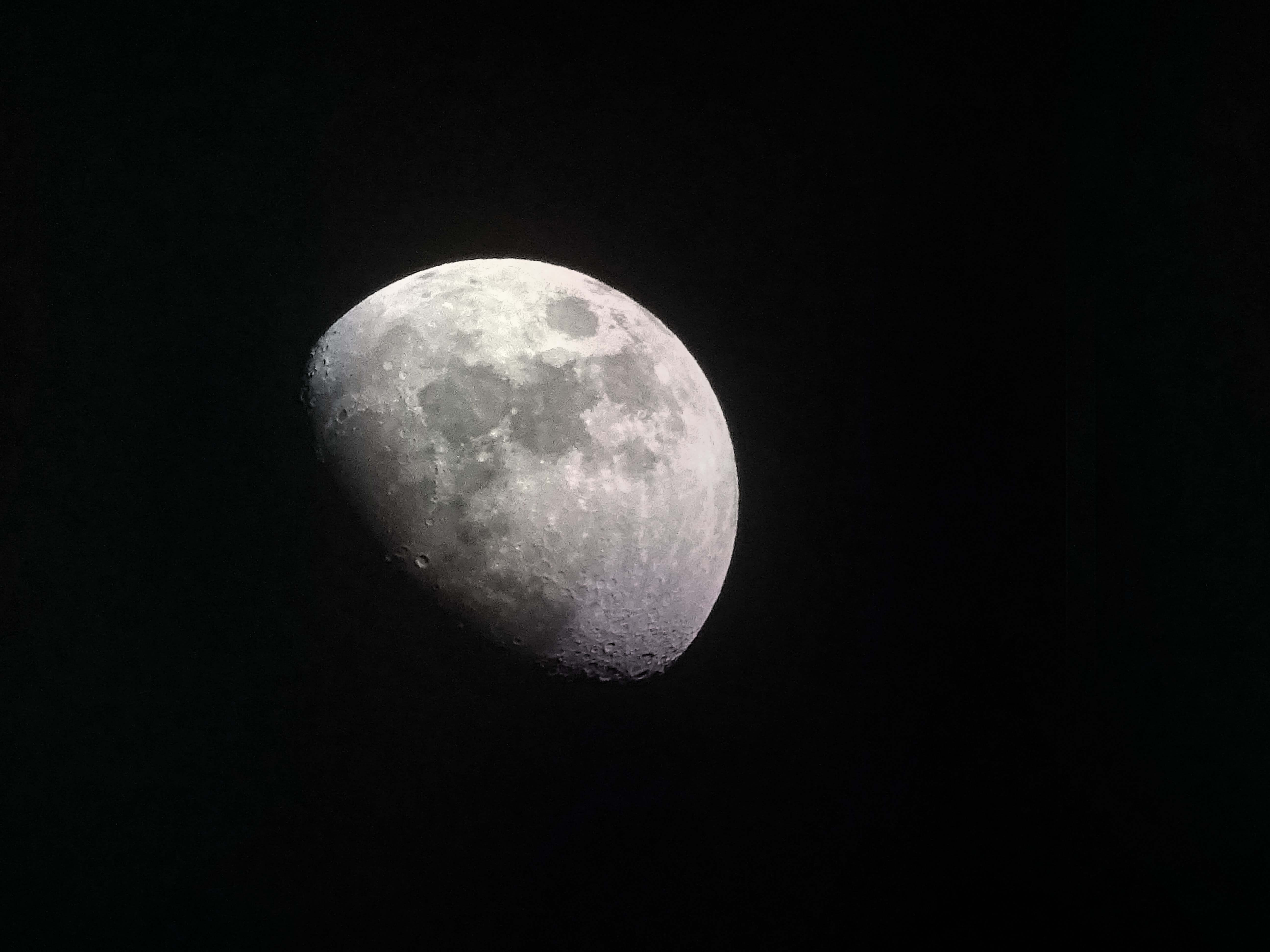Lunar research could provide us with insights into our solar system. Long-term experiments and research on the moon will require a long-term human presence. The ability to construct a lunar base will be central to advancing plans to colonize the moon, conduct research, and obtain resources. The moon is resource-rich, thus providing an economic impetus to lunar colonization. Moon colonization requires investment and the overcoming of technical challenges, not the least of which is creating habitats that can withstand the harsh environment of the moon. Two types of structures are most likely to be used to establish lunar bases in the coming years; 3D-printed structures, and inflatable structures.
Inflatable structures may be temporarily used while more permanent structures are under construction. Robotics and 3D printing have significantly advanced in recent years and will be vital to colonizing the moon.
Inflatable Structures
A French company, Spartan Space, created a prototype inflatable lunar habitat designed to house up to four astronauts for stays of 7 to 14 days. This habitat, dubbed the Euro Hab, is meant to be mobile and can be repositioned by a rover. This mobility will facilitate exploration and may serve as a starting off point for a permanent lunar base.
There is also the potential for using inflatable structures for more permanent bases. NASA may send an inflatable habitat designed by Australian company PneumoCell to the Moon as part of its Artemis mission. The habitat would house up to 32 astronauts and include 16 greenhouses for food production. The habitat would be covered for protection from radiation, and use solar power.
3D-Printed Moon Habitats
Recent advances in 3D printing and lunar exploration mean 3D-printed lunar structures may be only 5 years away. China aims to begin building a lunar base in 2028. The base will use bricks composed of lunar soil. This comes after nearly 20 years of robotic Moon missions that have used lunar orbiters, rovers, and landers.
China’s Moon base plans include the use of nuclear power as well as a lander, hopper, orbiter, and rover.
In 2020, a Chinese lunar mission used an unmanned probe, the Chang’e 5, to obtain lunar soil samples. With plans to have an astronaut on the moon by 2030, several missions will take place before that time. Missions Chang’e 6, 7, and 8 will launch, with each successive mission getting closer to establishing a lunar base. Chang’e 8 will investigate the environment and determine if 3D printing can be used to construct a base.
NASA is also collaborating on establishing a 3D-printed lunar habitation. In late 2022 NASA gave the 3D printing company ICON a $60 million contract for the exploration of outer space environments including the Moon and Mars. This funding will be used for ICON’s Project Olympus and support NASA’s Artemis program to fabricate a habitat on the moon. Beyond building habitats, infrastructure is required such as roadways, landing pads, and blast shields. Researchers at the University of Central Florida created 3D-printed bricks that could be used to construct bases for NASA’s Artemis Base Camp using lunar regolith and saltwater. The bricks were printed using binder jetting and were found to withstand the extreme environment of the Moon.
Making The Moon Habitable
Food production is necessary for the long-term habitation of any planet. The cost of transporting food to a lunar habitat is prohibitive. Research into growing food on the Moon has been a necessary part of preparing for lunar habitation. Preliminary results of experiments on cultivating plants in simulated lunar soil have been promising. The US, Israel, and Australia are working on projects to explore how different plants respond to space, and how to keep plants healthy once on the moon.
The next decade will be an exciting one for advances in lunar exploration and habitation. We are particularly excited to see what construction technologies can do to make the moon habitable.
If you are a building product manufacturer looking for stellar solutions for reaching architects and designers, book a call with CADdetails today to learn how we can help you get specified!
Cover Image by SevenStorm JUHASZIMRUS on Pexels


-1.png)